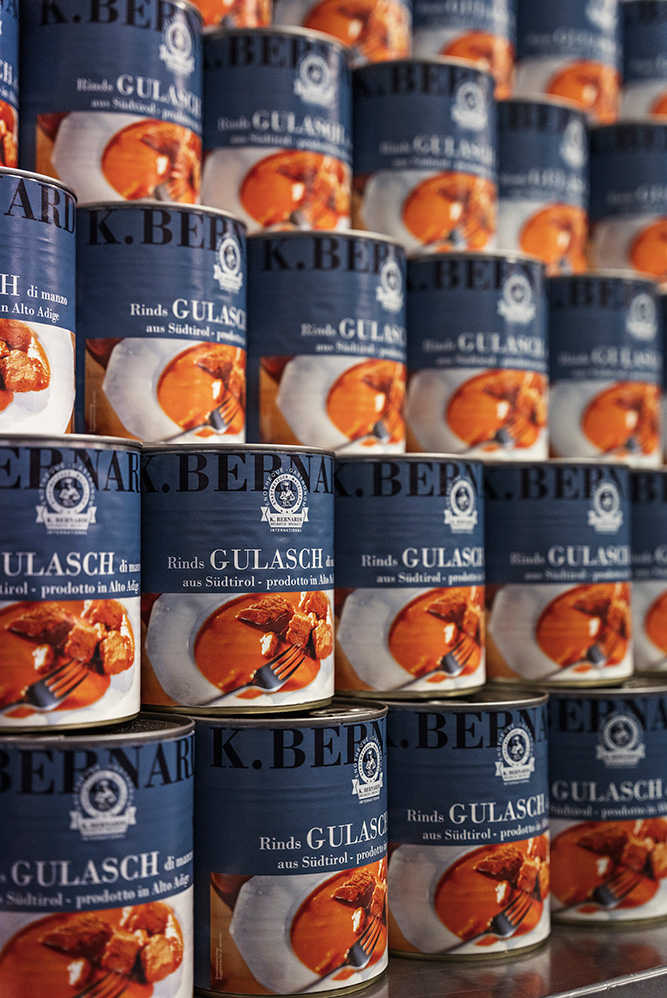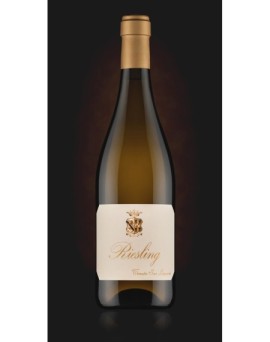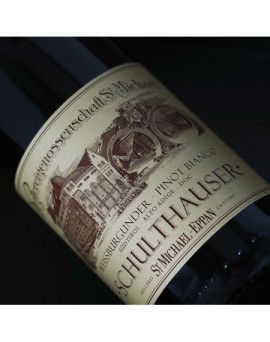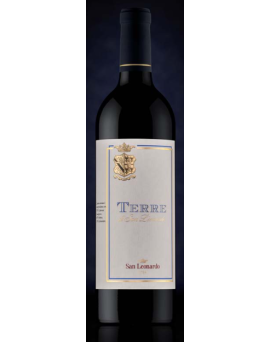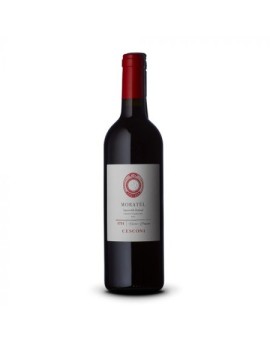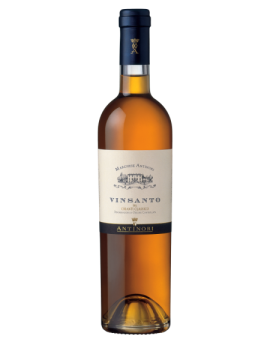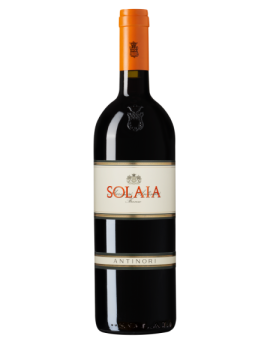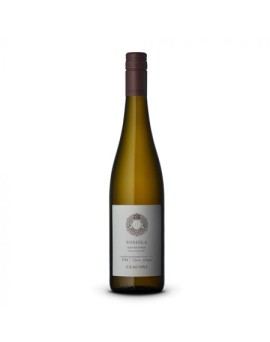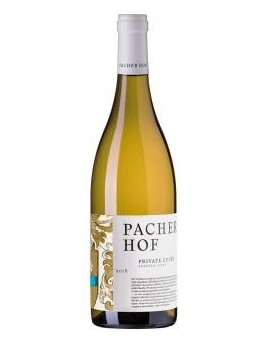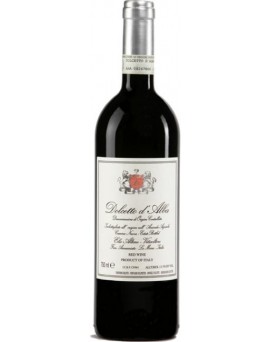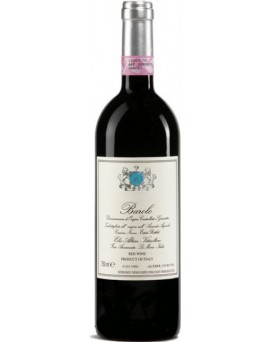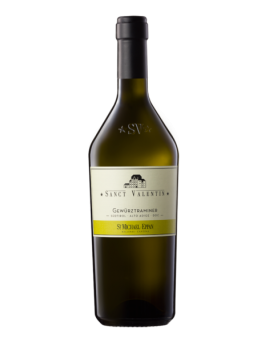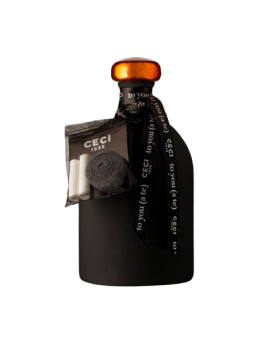Solaia Toscana IGT 2018<br /><br />Climate: The 2018 season in Chianti Classico opened with a rather regular winter in terms of both temperatures and rainfall; despite these climatic conditions, the vineyards<br />began their budding activity a week earlier than the historical average for the area. The spring period, and in particular May, was characterised by frequent rainfall and slightly<br />lower than usual temperatures, while June and July were dry and fairly warm, without ever experiencing extreme conditions. A few rainfalls in August and a dry and windy<br />period in September and October allowed the grapes to ripen in an ideal manner, guaranteeing a good sugar content and excellent polyphenolic ripening. The harvest began<br />in the last days of September with the Cabernet Franc, continued with the Sangiovese and concluded with the Cabernet Sauvignon on 10 October.<br /><br />Total annual rainfall: 845.9 mm<br /><br />Average temperature 1 April - 12 October: 20.4 °C<br /><br />Rainfall 1 April - 12 October: 286 mm<br /><br />Vinification: Great care was taken, both in the vineyard during harvest and in the cellar, where the grapes were destemmed and the berries, carefully selected at the sorting<br />table, were transferred after pressing by gravity into the tanks. It is essential that only the perfect grapes reach the 60 hl truncated cone vinification tanks. During<br />fermentation and maceration, great care was taken to maintain the correct balance between the fruit and the quality of the tannins in order to express to the full the<br />sweetness, fragrance, identity and character of Solaia. Immediately after racking, malolactic fermentation began in barriques, enhancing the complexity and pleasantness of<br />the wine. The ageing process took place in new French oak barrels for about 18 months. After an initial period in separate lots, these were blended to complete the<br />maturation in wood.<br />Historical data<br /><br />Solaia is a vineyard of about 20 hectares (12 acres) facing southwest between 350 and 400 meters (1,500 and 1,300 feet) above sea level on a rocky limestone soil with<br />alberese and galestro rocks, located at Tenuta Tignanello. The Antinori family produced this wine for the first time with the 1978 vintage; the initial blend was 80% Cabernet<br />Sauvignon and 20% Cabernet Franc, which was repeated in 1979. In subsequent vintages, 20% Sangiovese was introduced, and some corrections were made to the ratio of<br />Cabernet Sauvignon to Cabernet Franc, leading to the current composition. Solaia is produced only in exceptional vintages and was not made in 1980, 1981, 1983, 1984 and<br />1992.<br /><br />Tasting notes: Solaia 2018 has an intense ruby red colour. On the nose the intense notes of ripe dark fruit, in particular blueberry and blackcurrant, combine with pleasant<br />hints of dried flowers and lavender, accompanied by delicate spicy sensations of white pepper and balsamic hints of mint and eucalyptus. Sweet and well-integrated aromas<br />of white chocolate, candyfloss and dried fruit complete the rich bouquet. On the palate it is enveloping and creamy: the tannins, soft and silky, give a long, persistent and<br />very elegant finish, with an aftertaste reminiscent of liquorice and recalling the floral and spicy notes perceived on the nose.<br />
Price
€451.40

